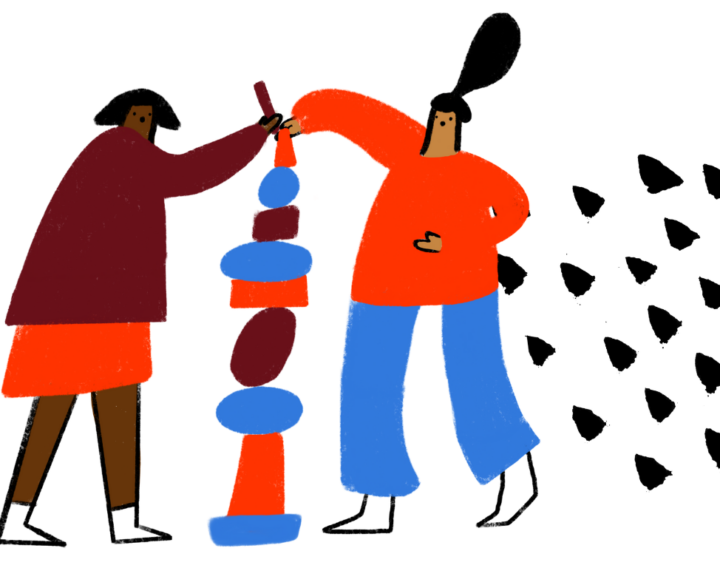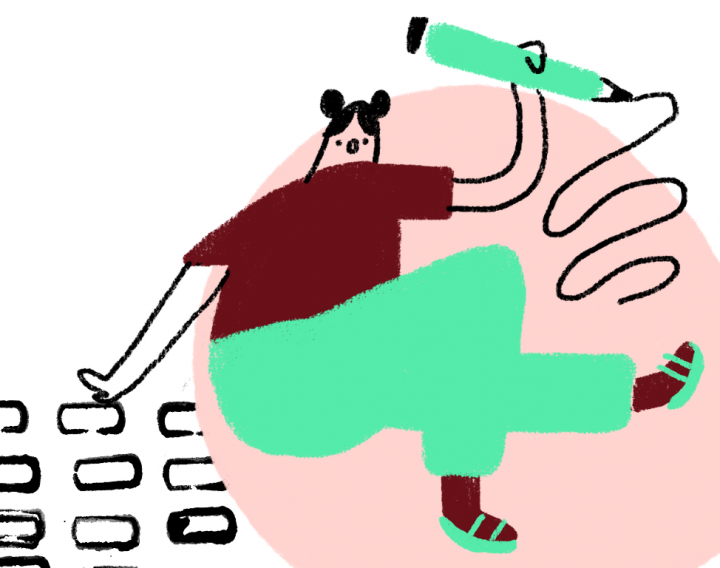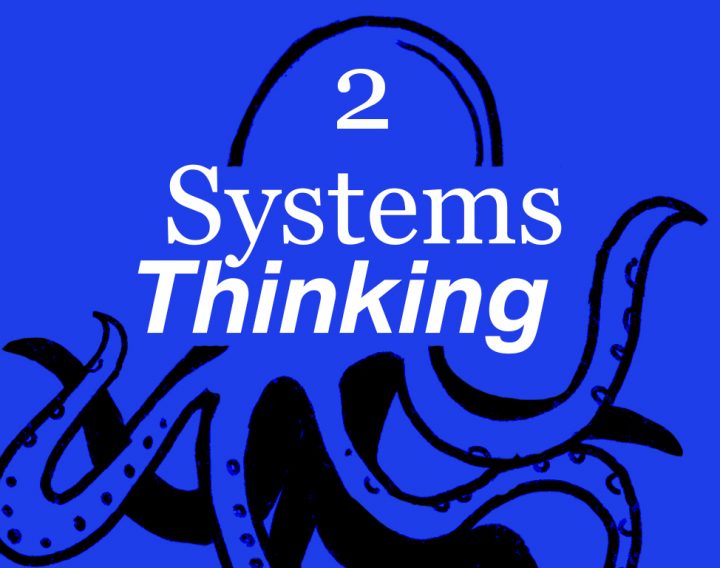
There’s no ‘one size fits all’ solution
We responded to this brief by gathering insights from over 200 victims and survivors of domestic abuse and the 350 practitioners who supported them through surveys, workshops, interviews, and co-design sessions.
Every story shared was unique, and illustrated how technology could be used – both positively and negatively. We learnt that key opportunities were missed to better protect and support victims and survivors online at crucial moments in their journey. There was also a distinct lack of capacity, confidence, and knowledge in using tech among frontline practitioners. Furthermore, the majority of digital tools available to those experiencing domestic abuse had been developed by private companies in America. The overwhelming conclusion was that there is a joint responsibility to ensure victims, survivors – and the services supporting them – can make best use of technology.









